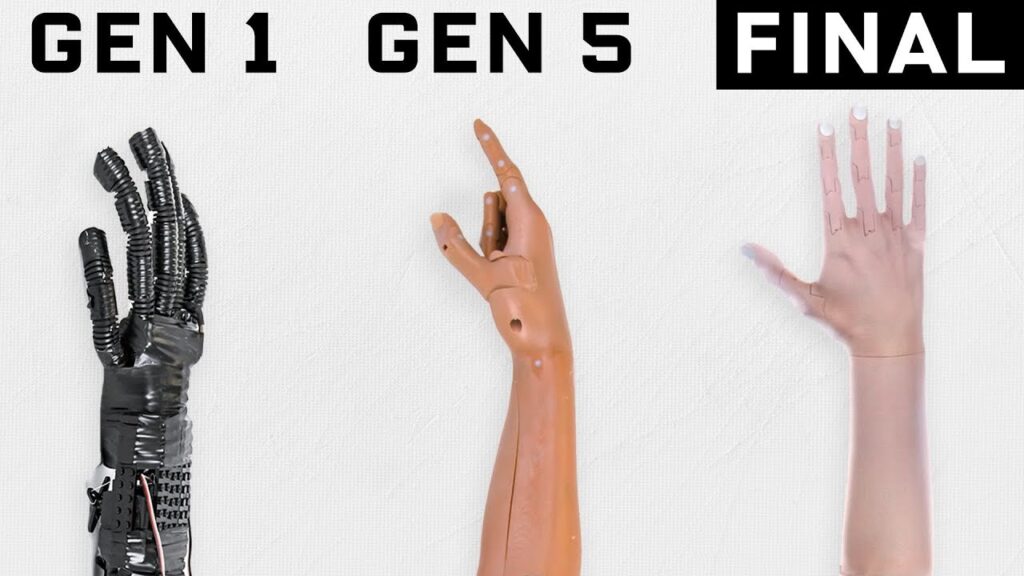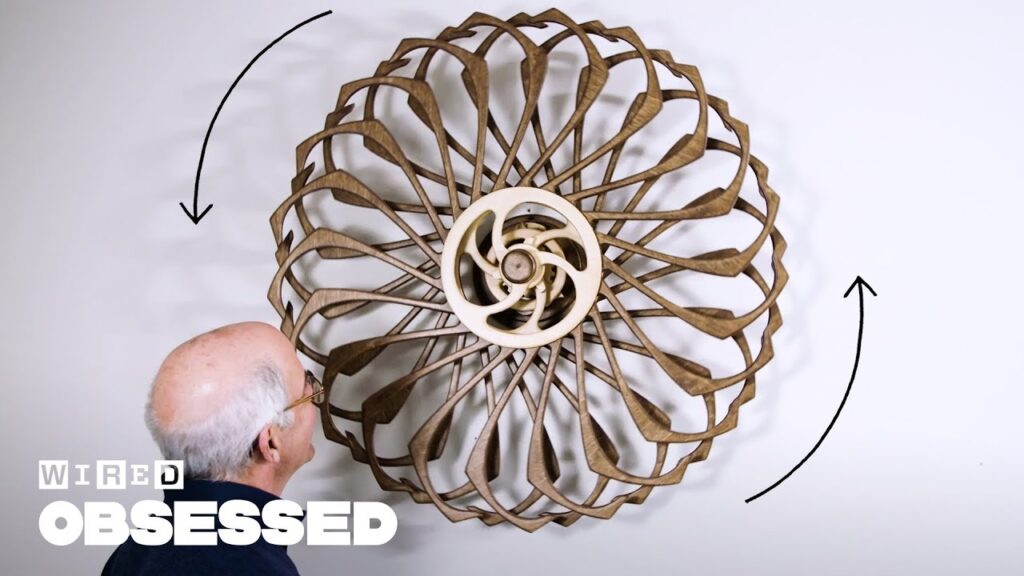Smartphone Photography at Night: Tips and Techniques for Capturing the Best Photos
Summary
The speaker in this video provides tips and techniques for taking better photos at night using a smartphone. They discuss the role that exposure and shutter speed have in producing clear and vibrant photos, as well as the development of night mode and computational photography. The speaker also offers advice on using a tripod and adjusting focus and exposure in the camera app, and touches on the future of camera technology.
Table of Contents
- Understanding Exposure and Shutter Speed
- Night Mode and Computational Photography
- Using a Tripod for Stability
- Adjusting Focus and Exposure in the Camera App
- Astrophotography and Other Special Modes
- The Future of Smartphone Photography
Introduction
Smartphone photography has come a long way, and with the development of night mode and computational photography, taking photos at night has become easier and more accessible. However, there are still many techniques and features that can be used to take the best photos possible. In this Q&A, we will talk about some of these techniques and features and discuss how to improve night photography with a smartphone.
Q&A
Understanding Exposure and Shutter Speed
Q: Can you explain the importance of exposure in taking night photos with a smartphone?
A: Exposure is the amount of light that reaches the camera sensor, and it is crucial in producing clear and vibrant photos at night. Smartphones use a technique called computational photography to combine multiple images taken at different times with different exposures to produce a brighter image. Additionally, exposure can be adjusted manually in the camera app by tapping on the background to change the focus and exposure.
Q: How does shutter speed affect night photography with a smartphone?
A: Shutter speed is the amount of time that the camera door is open to expose light to the sensor. In low-light situations, a longer shutter speed can be used to allow more light to reach the camera sensor and produce a brighter image. However, a longer shutter speed can also result in a blurry photo due to movement or shaking.
Night Mode and Computational Photography
Q: Can you explain how night mode works on a smartphone?
A: Night mode uses computational photography to combine multiple images taken at different times and with different exposures to produce a brighter, clearer, and more vibrant photo. The software analyzes the images and uses machine learning algorithms to improve the photo quality. Night mode can be accessed in the camera app and can also be used for video.
Q: How does computational photography affect night photography on a smartphone?
A: Computational photography allows smartphones to combine multiple images taken at different times and with different exposures to produce a brighter and clearer photo. This technology also allows for the removal of noise and the improvement of color and sharpness in night photos. Overall, computational photography has revolutionized low-light photography on smartphones.
Using a Tripod for Stability
Q: Why is a tripod important for night photography with a smartphone?
A: A tripod is important for night photography because it provides stability and reduces shaking that can result in blurry photos. When using longer shutter speeds to allow more light to reach the camera sensor, any movement of the phone can result in a shaky or blurred photo. By using a tripod, the phone can be held steady and reduce the risk of motion blur.
Q: Are there any specific types of tripods that are recommended for night photography with a smartphone?
A: There are many different types of tripods that can be used for night photography with a smartphone, but a small tripod or flexible tripod can be especially useful. These tripods are small and easy to carry, which makes them perfect for impromptu photography sessions.
Adjusting Focus and Exposure in the Camera App
Q: Can you explain how adjusting focus and exposure in the camera app can improve night photography?
A: Adjusting focus and exposure in the camera app can help produce a clearer and brighter photo. By tapping on the background in the camera app, the focus and exposure can be adjusted to a particular point in the scene, which can help in emphasizing certain parts of the photo. Additionally, by manually adjusting the exposure, the photo can be made brighter and clearer.
Q: Are there any other settings in the camera app that can be adjusted for night photography?
A: While focus and exposure are essential for night photography, there are other settings that can be adjusted in the camera app. Some phones have a night mode feature that can be used to improve low-light photos, and other phones have a pro mode that allows for manual adjustments of ISO, shutter speed, and other settings.
Astrophotography and Other Special Modes
Q: Can you explain what astrophotography is and how it can be captured with a smartphone?
A: Astrophotography is the art of capturing photos of the night sky, including stars, planets, and galaxies. Many smartphones now have an astrophotography mode that allows for long exposures of the night sky. However, capturing astrophotography with a smartphone requires the phone to be on a tripod for an extended period to prevent shaking.
Q: Are there any other special modes on smartphones that are useful for night photography?
A: In addition to astrophotography mode, there are other special modes on smartphones that can be useful for night photography. Some phones have a manual mode that allows for manual adjustments of shutter speed, ISO, and other settings. Some phones also have a panoramic mode that can be used to capture wide nightscapes.
The Future of Smartphone Photography
Q: What do you think the future of smartphone photography holds?
A: The future of smartphone photography is both exciting and promising. With advancements in camera technology, we may see the development of even more advanced computational photography and machine learning algorithms that improve photo quality. We may also see improvements in low-light sensors and lenses that allow for even better night photography. Additionally, the development of a beautiful viewfinder that guides the photographer in selecting the best shot is an upcoming feature to look out for.
Conclusion
Overall, improving smartphone photography at night requires a solid understanding of exposure and shutter speed, the use of specialized modes and settings in the camera app, and the use of a tripod for stability. Advances in computational photography and machine learning algorithms have revolutionized low-light photography, and the future of smartphone photography promises to be even more exciting. By following these tips and techniques, anyone can become a night photography pro with their smartphone.







